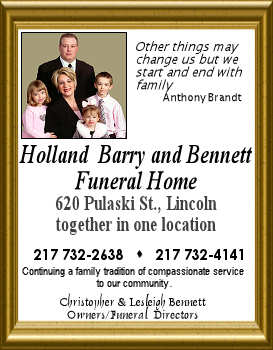|
"Investigative reporting is coming back into style; there's a
resurgence of interest in it," says Bill Gaines, who will retire
this summer as the Knight Chair in Investigative and Enterprise
Reporting at the University of Illinois. Even with frequent news
about staff and other cutbacks at newspapers, "I know of no major
papers that have cut back on investigations," he said. The same
Internet that is forcing newspapers to rework their business plans
has given papers big and small the chance to look at stories that
were once too time-consuming or expensive, Gaines said. Using a
newsroom computer, reporters can collect information that used to
require days of legwork or camping out in a document archive.
One result is that investigative techniques "are being used
widely by all reporters, and not just on special occasions by a
select few as in the past," he said.
Along with his book, Gaines has launched an online site with
how-to guides for doing specific investigations, the three topics so
far being judges, insurance companies and nursing homes. The site is
directed especially toward small- and medium-sized papers.

Gaines worked as an investigative reporter at the Chicago Tribune
from 1974 to 2001, following 11 years there covering the police and
suburban government. He learned, over and over, the value of
documents, of knowing where to find public information and what that
information might produce.
"I was able to get stories that other people missed because I
went to places where you could find the documents," Gaines said.
In one case, he found the home of a key source by searching
property records at area courthouses. In another, he learned that
money sent to a post office box was not going to a legal fund, as
advertised, but for personal use -- and did so by simply calling the
post office and asking who had access. In yet another, he learned
about a company's notorious business practices by way of one
revealing line in its filing with the Securities and Exchange
Commission.

Gaines' stories, along with his low-key manner, fly in the face
of misconceptions about investigative reporters often fostered in
the media. "Sometimes investigative reporters are portrayed kind of
like cowboys," which is far from the common reality, he said.
He smiles at the story line that has a reporter going undercover,
disappearing for weeks, and then coming back with the whole
blockbuster story. Equally amusing and misleading, he said, is the
scene found in so many movies: "There are these crazy reporters,
they're in a mob, and they're attacking somebody with a microphone
for an ambush interview."
[to top of second column]
 |
 That is not investigative reporting, and neither is the talk of
pundits on news talk shows, even though people often think
otherwise, Gaines said. And just because a reporter asks tough
questions on air doesn't mean he or she is doing investigative
reporting either, he said.
"Investigative reporting is not reporting on investigations (by
others); it's investigating and then reporting on your findings,"
Gaines said. "You have to do the whole thing from scratch. … It has
to be the work product of the reporter himself or herself."
In Gaines' definition, investigative reporting also means looking
at something that is a public issue and "something that somebody's
trying to hide."
Gaines' new textbook, "Investigative Journalism: Proven
Strategies for Reporting the Story," to be published by CQ Press,
takes a case-study approach to the subject. The cases are based on
real investigative stories, but with names and places changed to
protect reporters and their sources. This also allows for greater
detail about what happens behind the scenes, including the fights
reporters often have with newspaper editors and lawyers, he said.

In 12 chapters, Gaines looks at the hows and whys of
investigative reporting, including a lot on the use of the Internet
and other computer-based research. He deals with specifics on
investigating everything from individual people to the federal
government, covering subjects such as city hall, police and courts,
consumer fraud, big business, health care, charities, and churches.
In his first textbook, published in 1993, Gaines said his
reporters were heroic and "always did the right thing." In this one,
however, he shows them making mistakes and what can be learned from
those mistakes.
The book even includes "one nefarious investigative reporter
who's just a schlock operator, who uses all kinds of subterfuge,
laziness, takes payoffs." He doesn't give the other side a chance to
comment and tries to make them look stupid, Gaines said. "He does
all these bad things that a reporter should never, ever do."
In Gaines' telling of the story, however, and for the purposes of
good journalism education, "He doesn't end up well."
[Text from
news
release from the University of Illinois at Urbana-Champaign]
 |